Flower Loving Insects – Insect Loving Flowers
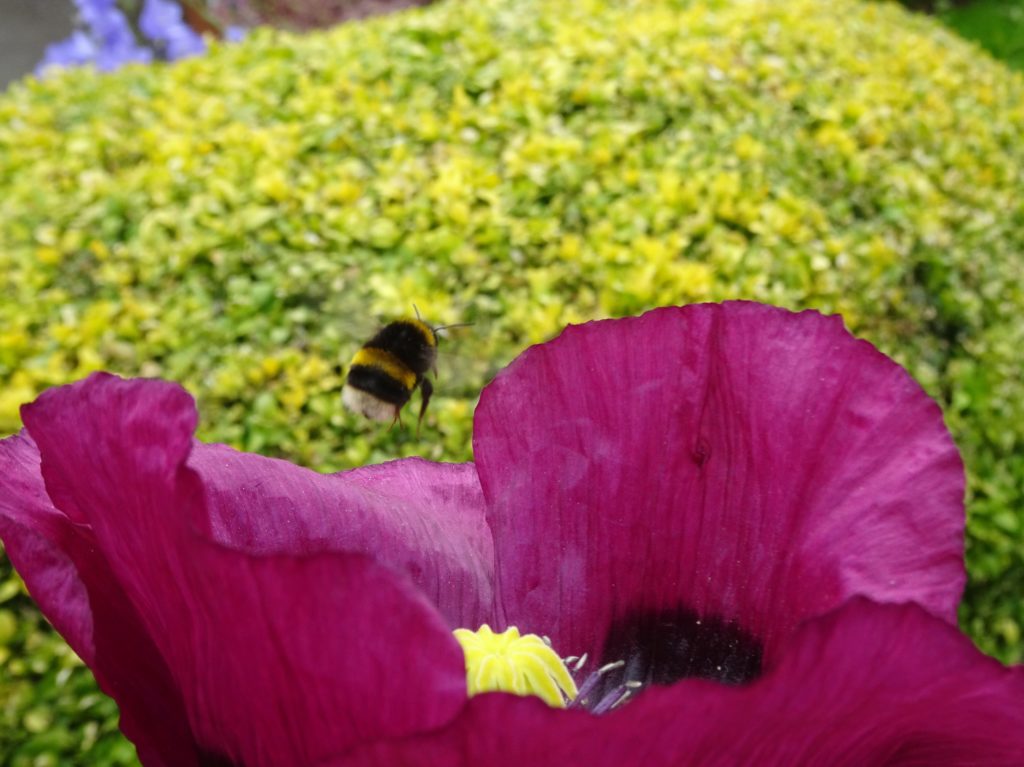

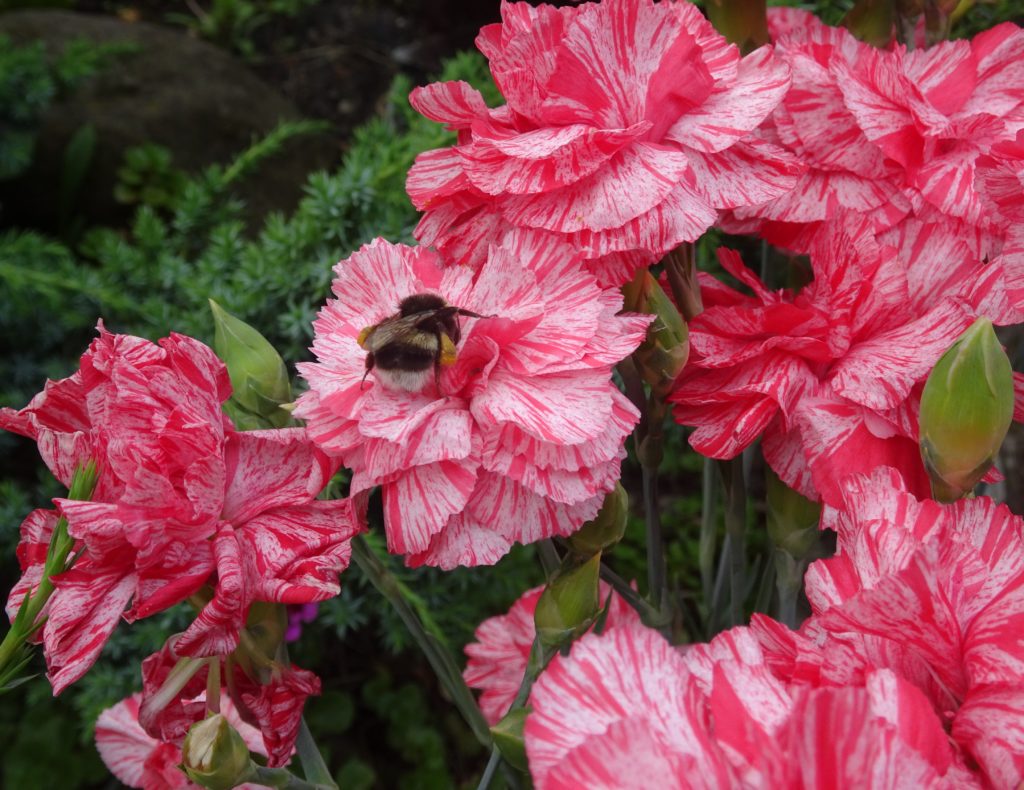
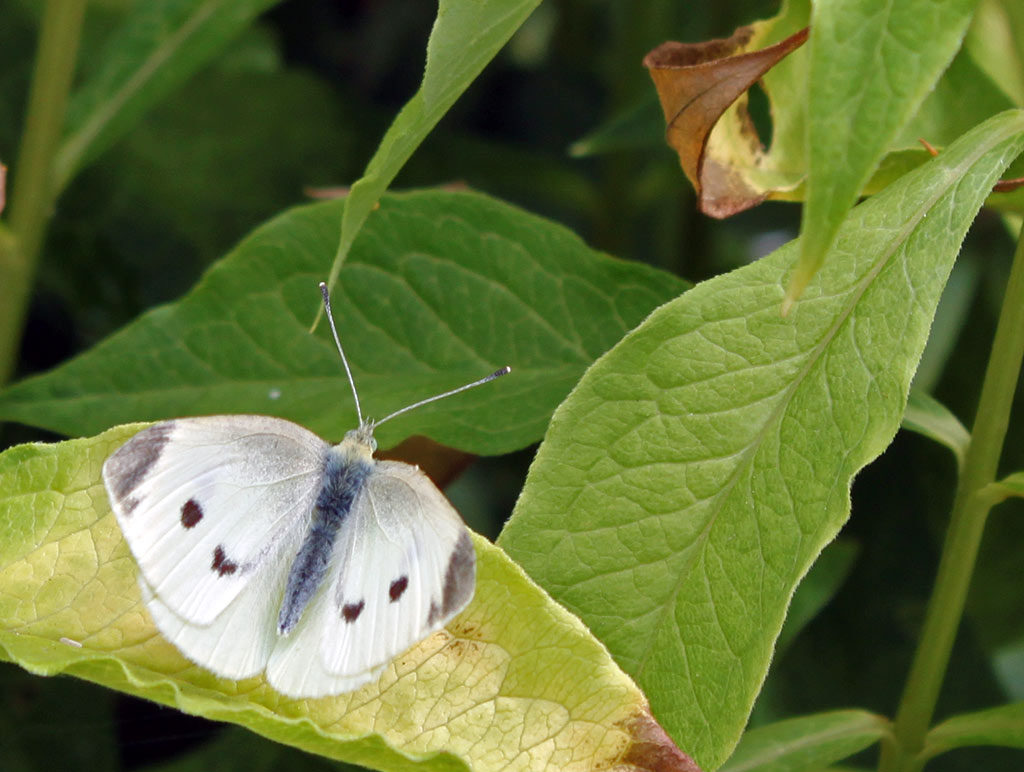
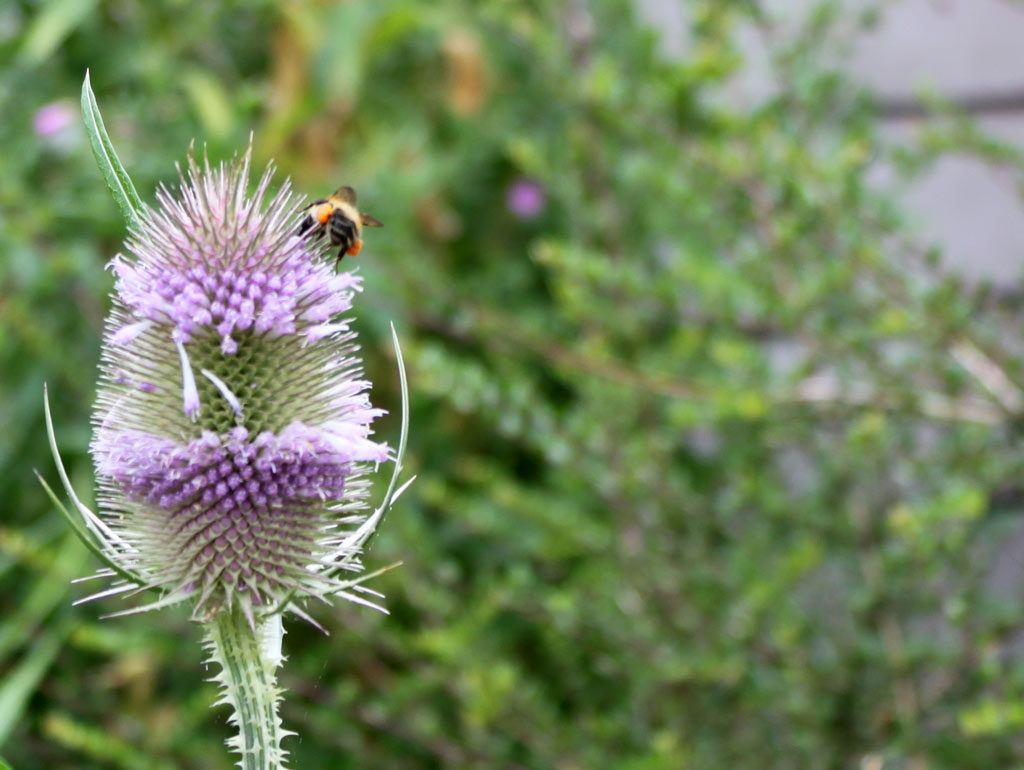
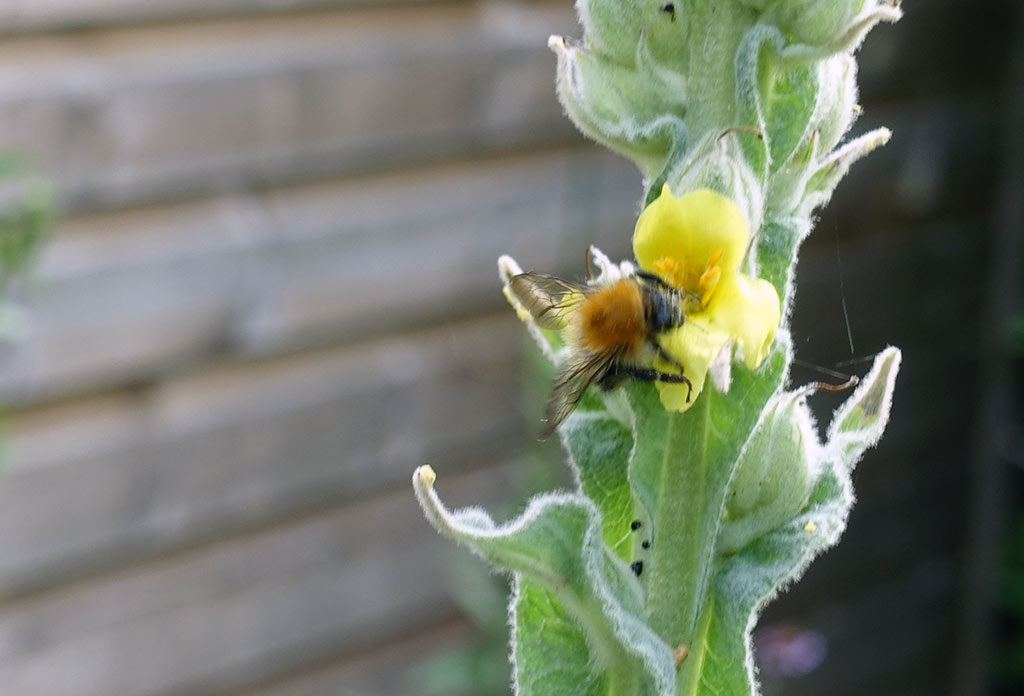






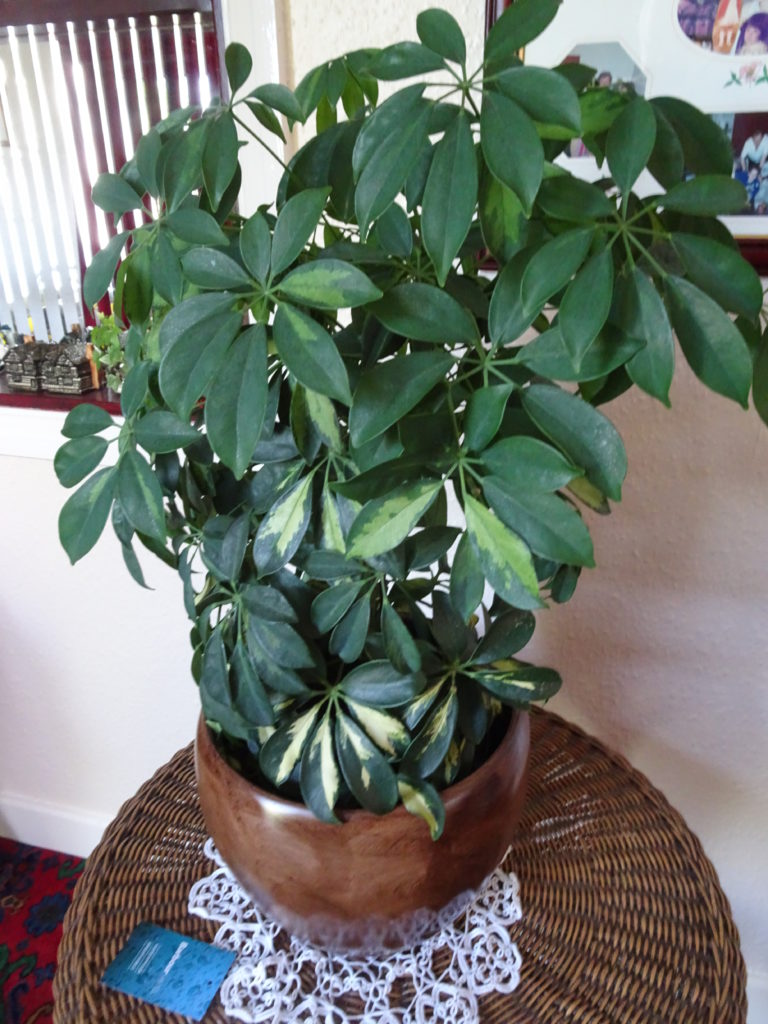
 Schefflera arboricola, known as the “dwarf umbrella tree,†has small green leaflets attached to stout petioles. Indoors it will have a mature height of 3 to 4 feet.
Schefflera arebold make good individual plants as indoor specimens in large decorative containers. The palmate leaves have 5 to 9 finger leaves from a central stalk.
Schefflera actinophylla can grow to heights of 8 to 10 feet inside and up to 40 feet outside in very warm climates. As well as being called the ‘octopus plant’ it also shares the common name of umbrella plant. For a 4th name it is sometimes botanically named Brassiaia actinophylla.
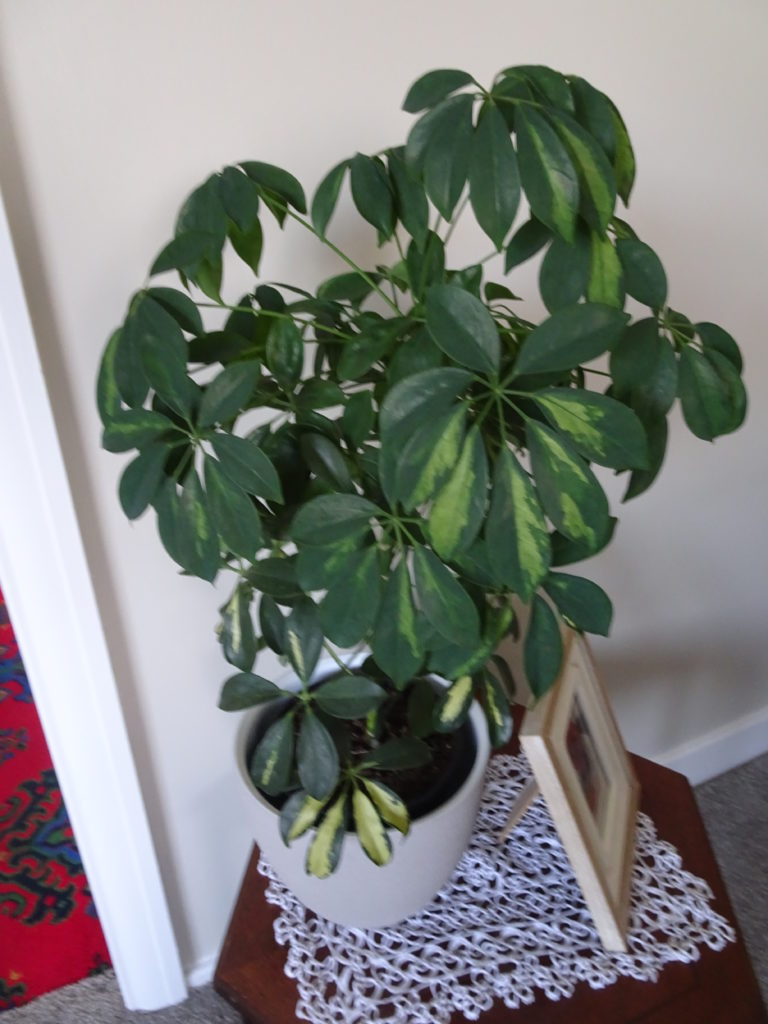
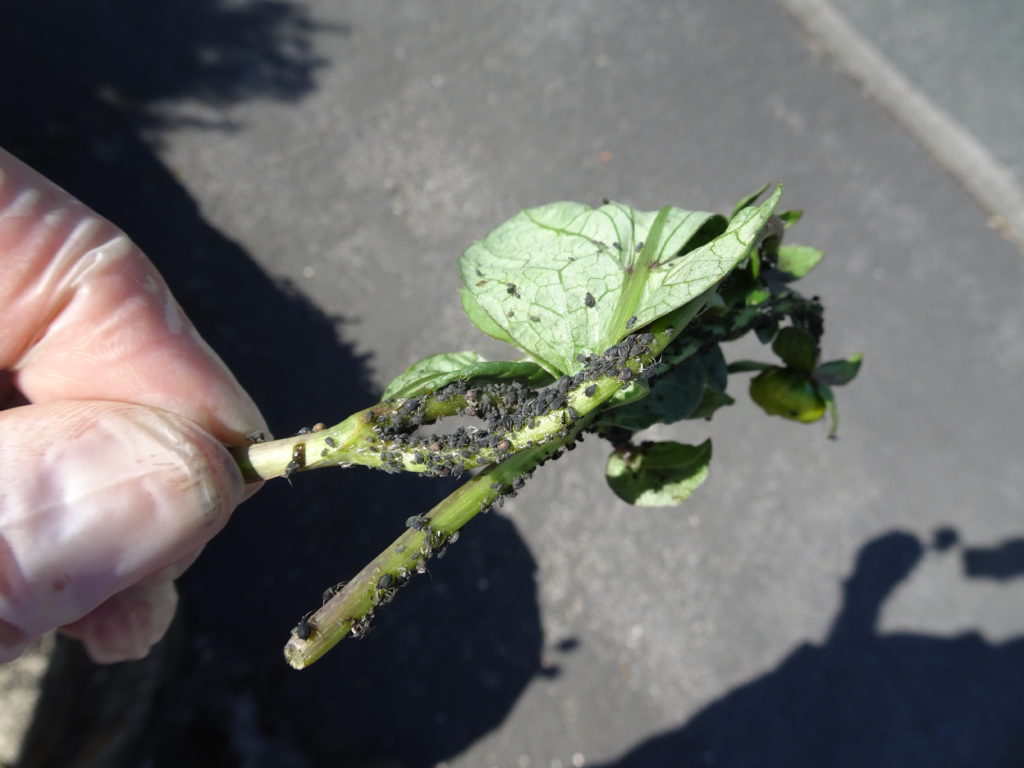
These little breeders have been having a banquet on some of my Dahlias. They go for the soft new shoots and nascent flower stems which must be easy to get their teeth into. For some reason they have been quite selective on the plants they choose (As has been the spray I have used in a prophylactic manner). I hope the rest of the summer is black fly free but you never know.

Lulled into a false sense of security by the low level of greenfly around my garden I wasn’t expecting black fly. I only left my dahlias alone for a few days and the flies multiplied like rabbits. I am on a more frequent look out patrol now. The muggy weather is one reason for the outbreak of black fly.
Dried out plants can become distressed and look to be in terminal decline through lack of water. They may wilt and the leaves drop off or go crispy.
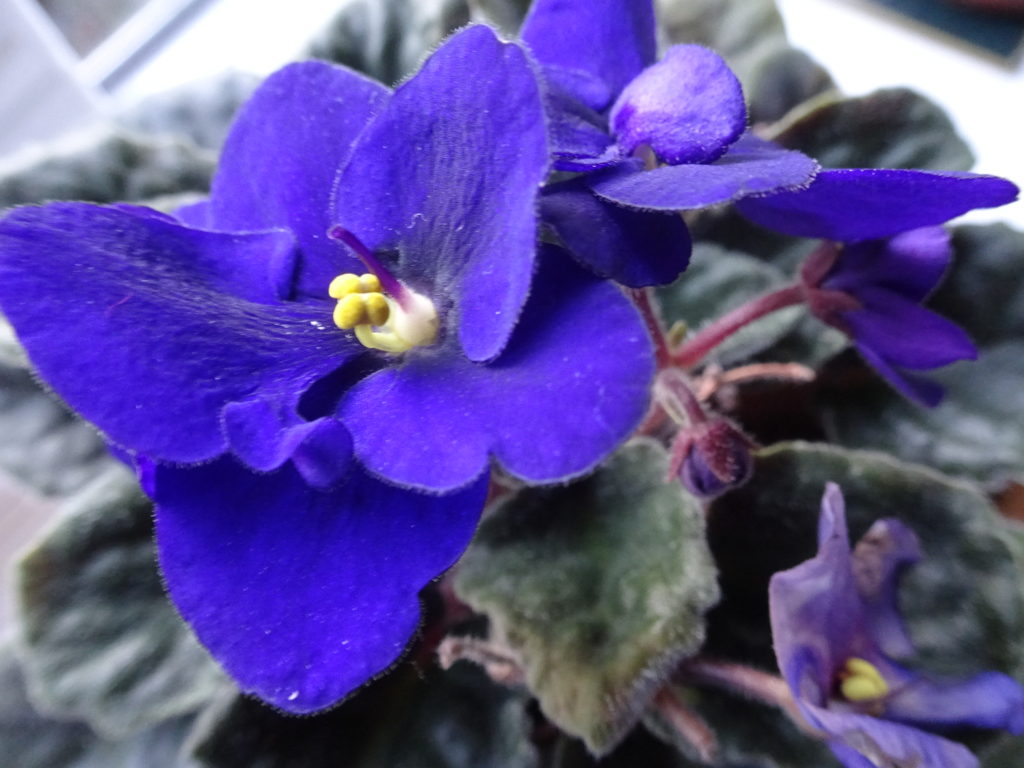

Read more on gardeners tips
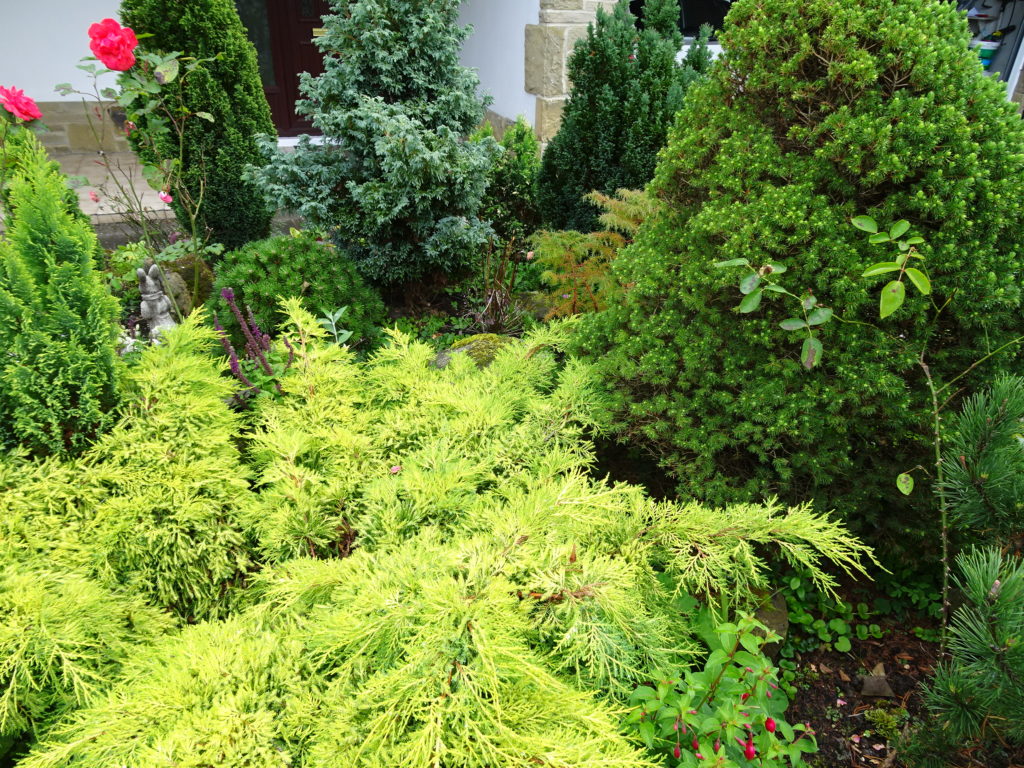
There are 7 or 8 different conifers in this photo from a total of 16. The whole bed is roughly rectangular 6 yards by 5 yards. It has one unusual feature in that the soil is very shallow and poor.
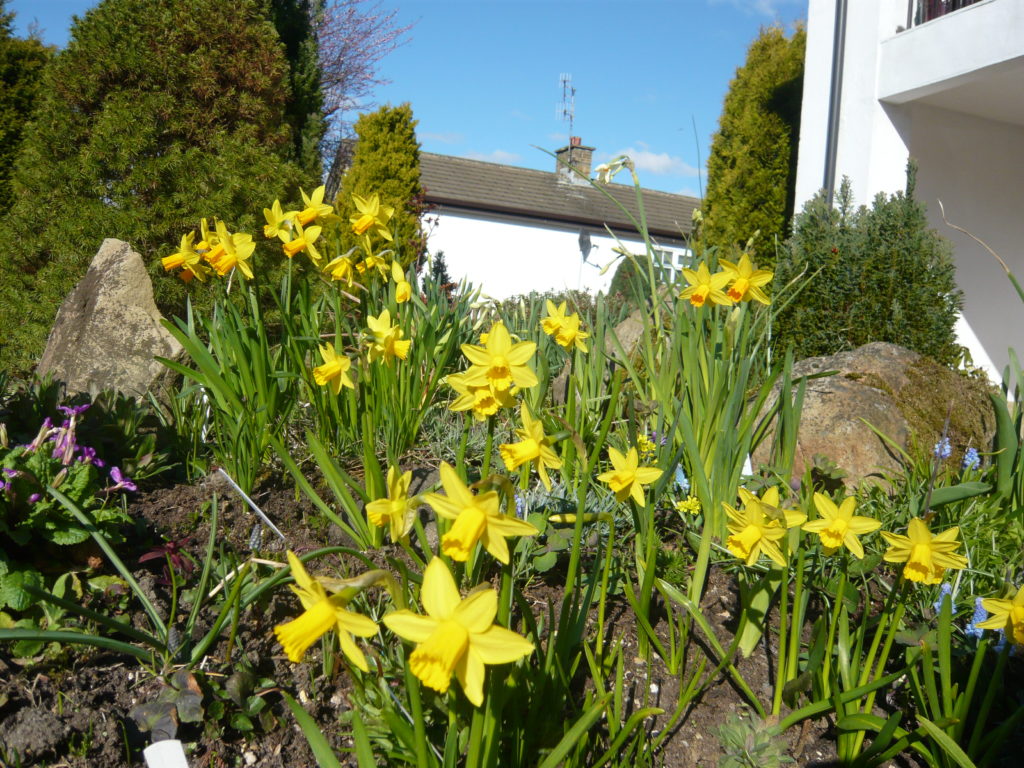
As was 10 years ago at the start of the conifer plantation era.
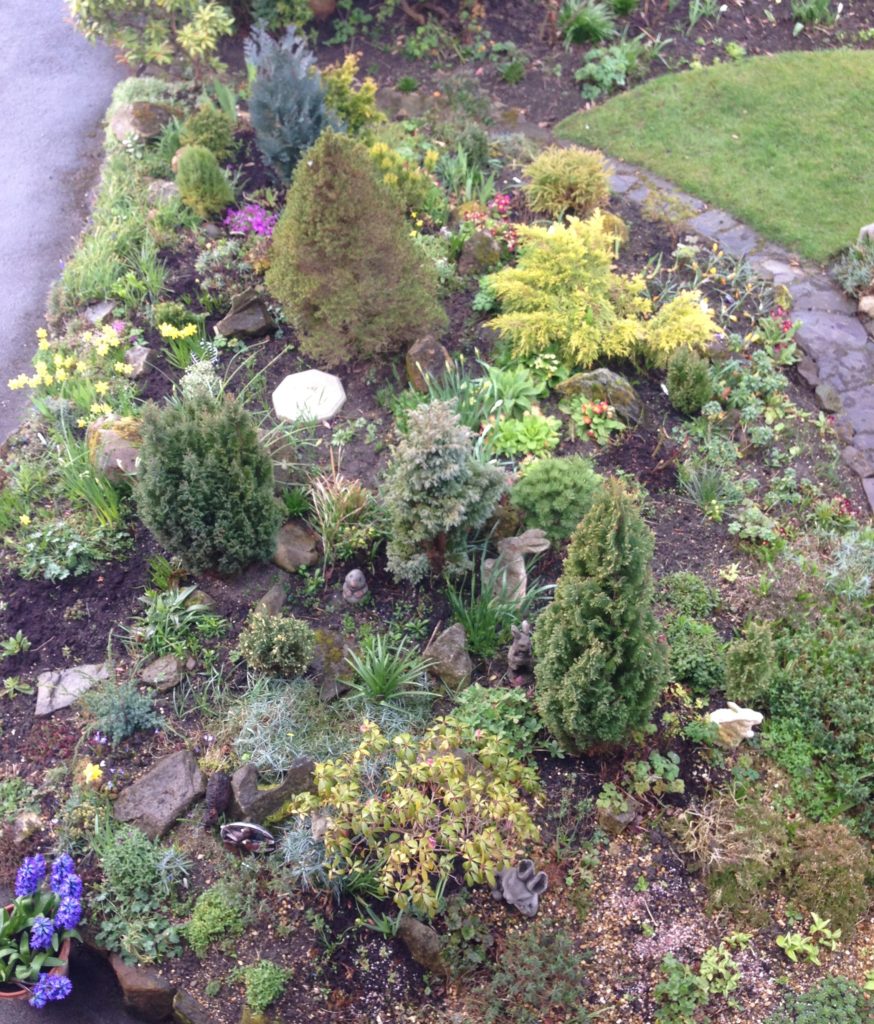
Overhead view of the same garden bed five years earlier.
Fruit trees can be a winter home for a range of female moths. Amongst them are woolly aphis and capsid bugs plus other pests that emerge from the ground. They crawl up fruit tree stems and trunks in October to lay their eggs. The caterpillars hatch in spring and feed on the foliage and fruit.
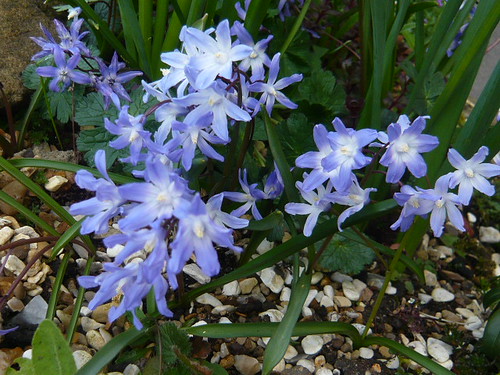 For the specialist there are a dozen different varieties to investigate and grow. Potentially the basis of a fine collection. See more detail and a list of species here
For the specialist there are a dozen different varieties to investigate and grow. Potentially the basis of a fine collection. See more detail and a list of species here
Chionodoxa need water in the spring so if the ground is dry
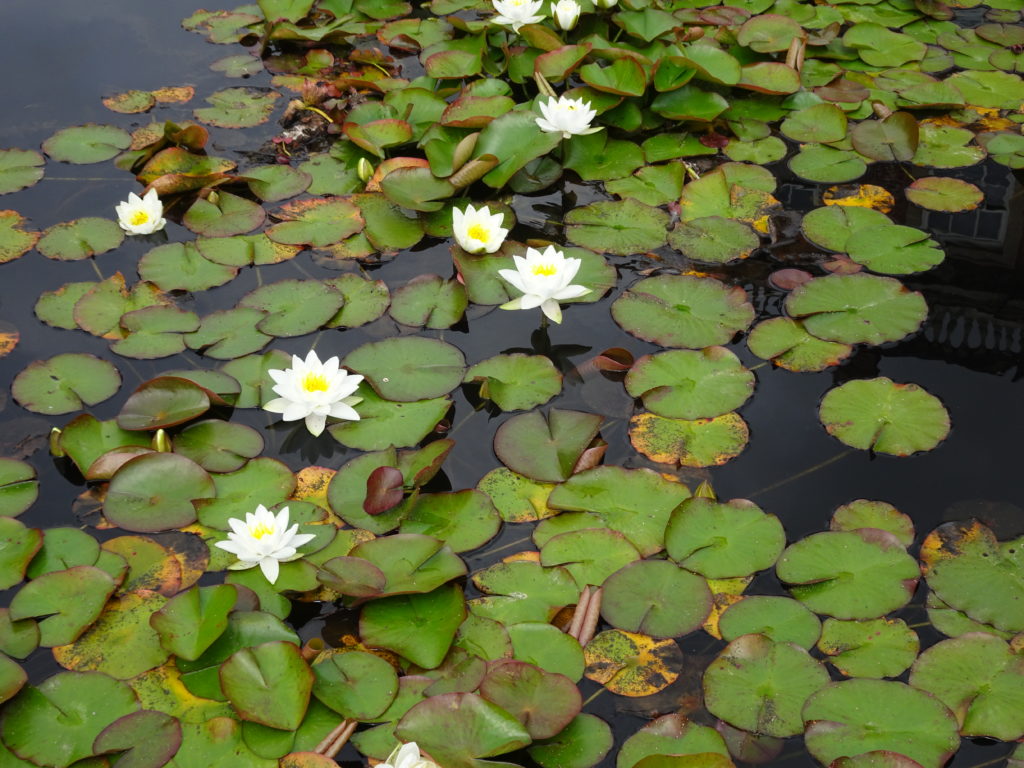
July is the season to look out for mature lilies in older ponds. There is nothing to beat the calming influence of a white lily on a pond of still water. Of course not all ponds are and remain tranquil. This smaller pond on Filey cliff tops acts as an advertising hoarding for ice cream. Who invented ice cream for dogs? It is already enough to encourage kids to splash in the pond never mind dogs.
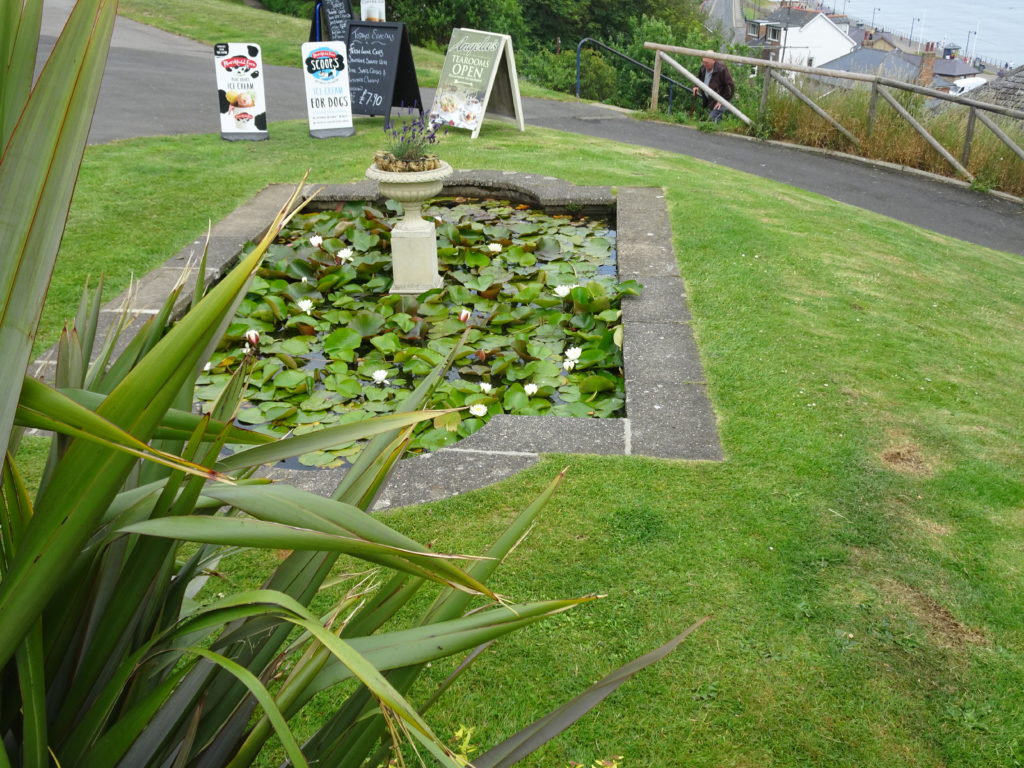

Burnby Hall Yorkshire (above) has two magnificent lakes holding a national collection of Water Lilies.
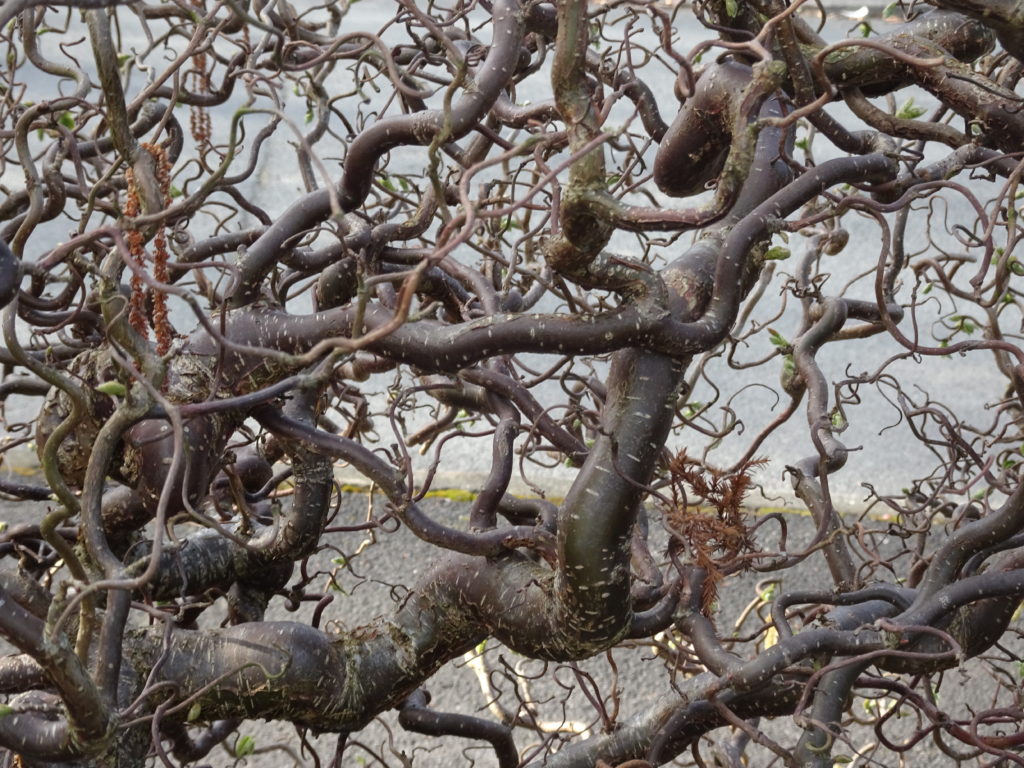
Visual nature can be found all around in your garden, local park or field. Keep a look out for interesting or unusual shapes, patterns and textures and take a camera around with you. I like the contorted Hazel branches that weave their own pattern.
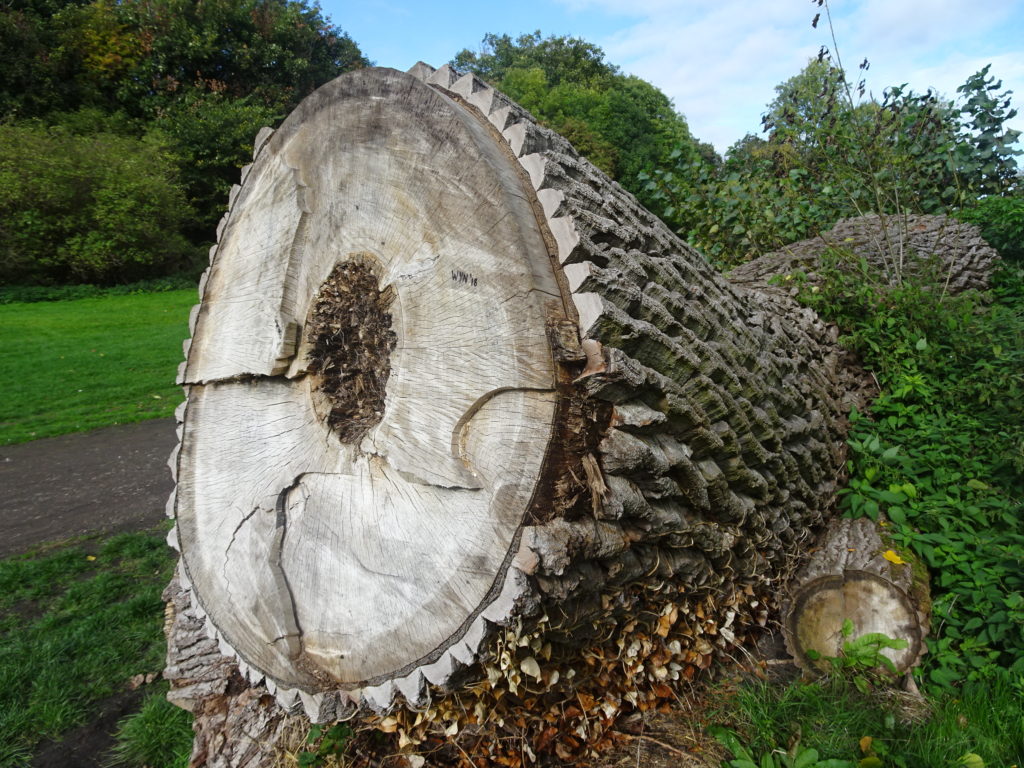
This log in parkland had an amazing pattern created by the symmetry of the old bark. The teeth shapes remind me of cogs on a rustic wheel. …